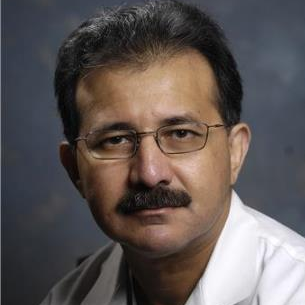The Oral Microbiome in Systemic Health and Disease: Therapeutics for Reversing Microbial Dysbiosis and Applications in Precision Medicine
A special issue of Microorganisms (ISSN 2076-2607). This special issue belongs to the section "Medical Microbiology".
Deadline for manuscript submissions: closed (30 November 2021) | Viewed by 48439
Special Issue Editors
Interests: oral health; oral disease; salivary microbiome; microbial diversity; cariogenic microorganisms
Interests: oral health; oral disease; microbiota
Special Issue Information
Dear Colleagues,
The oral microbiome is a complex collection of microbial species, the balance of which contributes to the initiation and development of oral infectious disease processes, including dental caries, periodontitis and endodontic pathoses. Current evidence also indicates that the oral microbiome can influence or is associated with systemic health and disease, including the development of cardiovascular disease, atherosclerosis, diabetes, and rheumatoid arthritis. Although the oral microbiome exhibits natural defenses to drastic shifts in microbial composition via the effects of saliva and other factors, it also has the capacity to recover from disease states induced by the overabundance of specific oral pathogens. Following administration of antibiotics or probiotics, the oral microbiota exhibits resilience and eventual recovery from microbial dysbiosis, whereas the gut microbiota tends to sustain long-term modifications. In research from our laboratory, we have identified microorganisms that are associated with caries-active children and have determined that povidone iodine is an effective adjunctive therapy that has the potential to shift the composition of the cariogenic microbiome to one more closely aligned with non-cariogenic health.
The objectives of this special Issue, The Oral Microbiome in Systemic Health and Disease: Therapeutics for Reversing Microbial Dysbiosis and Applications in Precision Medicine, are to define the role of the oral microbiome in systemic health and disease, as well as to describe the therapies that can potentially reverse or rebalance the oral microbiome towards health.
As Guest Editor and Co-Editors of this special issue, we invite you to contribute manuscripts and to help define the current state of science on therapies and precision medicine approaches leading to the restoration of the oral microbiome towards sustained oral and systemic health.
Prof. Dr. Curtis A. Machida
Assistant Professor Tom J. Maier
Prof. Nasser Said-Al-Naief
Guest Editors
Manuscript Submission Information
Manuscripts should be submitted online at www.mdpi.com by registering and logging in to this website. Once you are registered, click here to go to the submission form. Manuscripts can be submitted until the deadline. All submissions that pass pre-check are peer-reviewed. Accepted papers will be published continuously in the journal (as soon as accepted) and will be listed together on the special issue website. Research articles, review articles as well as short communications are invited. For planned papers, a title and short abstract (about 100 words) can be sent to the Editorial Office for announcement on this website.
Submitted manuscripts should not have been published previously, nor be under consideration for publication elsewhere (except conference proceedings papers). All manuscripts are thoroughly refereed through a single-blind peer-review process. A guide for authors and other relevant information for submission of manuscripts is available on the Instructions for Authors page. Microorganisms is an international peer-reviewed open access monthly journal published by MDPI.
Please visit the Instructions for Authors page before submitting a manuscript. The Article Processing Charge (APC) for publication in this open access journal is 2700 CHF (Swiss Francs). Submitted papers should be well formatted and use good English. Authors may use MDPI's English editing service prior to publication or during author revisions.
Keywords
- oral microbiome
- oral infectious disease
- systemic health and disease
- therapeutics
- microbial dysbiosis
- microbial rebalancing
- precision medicine








